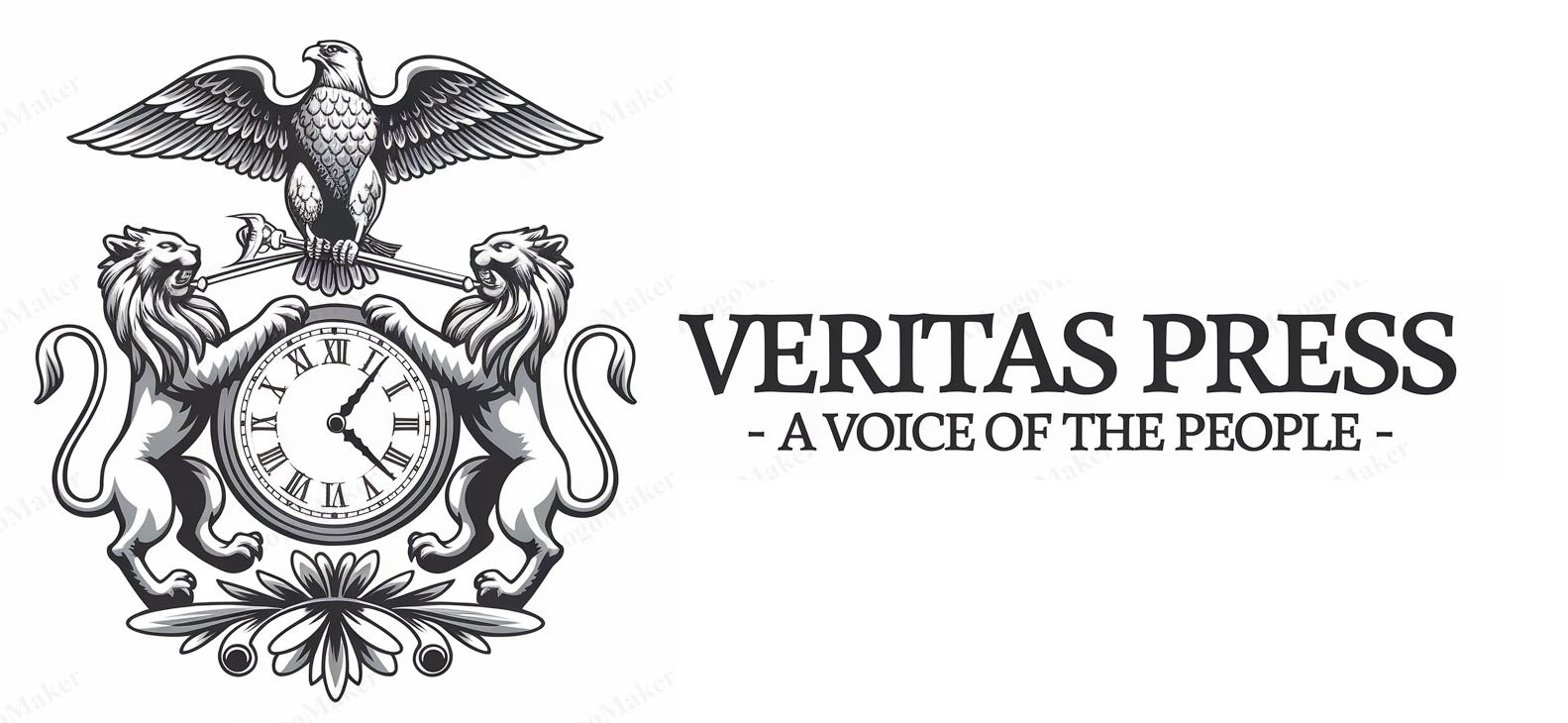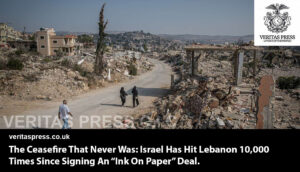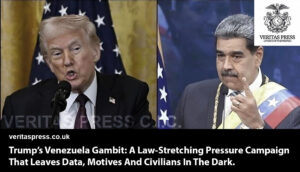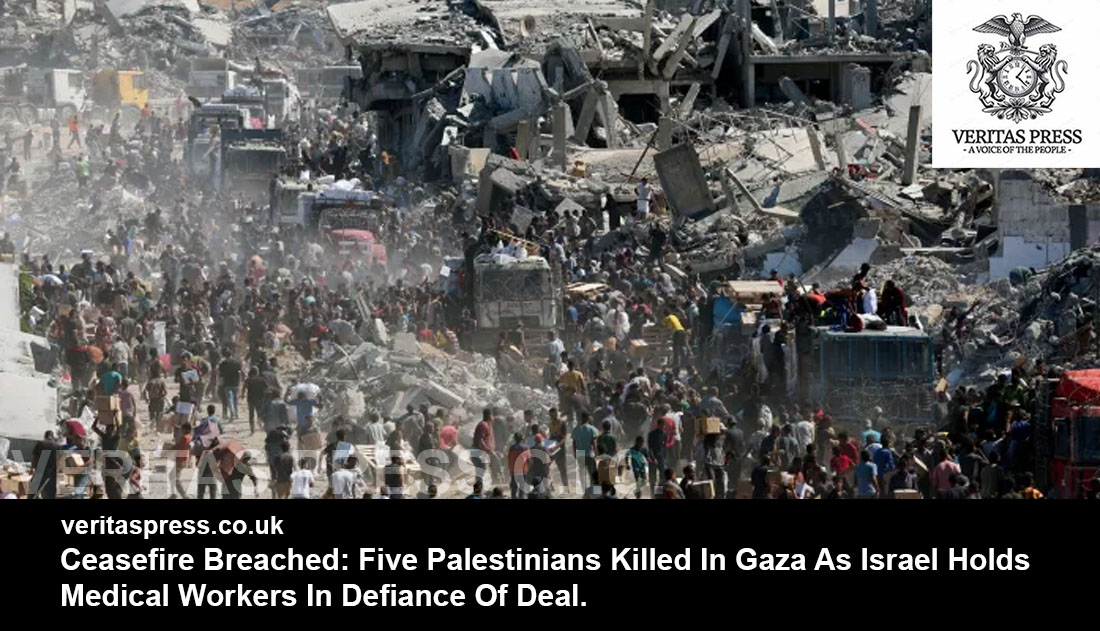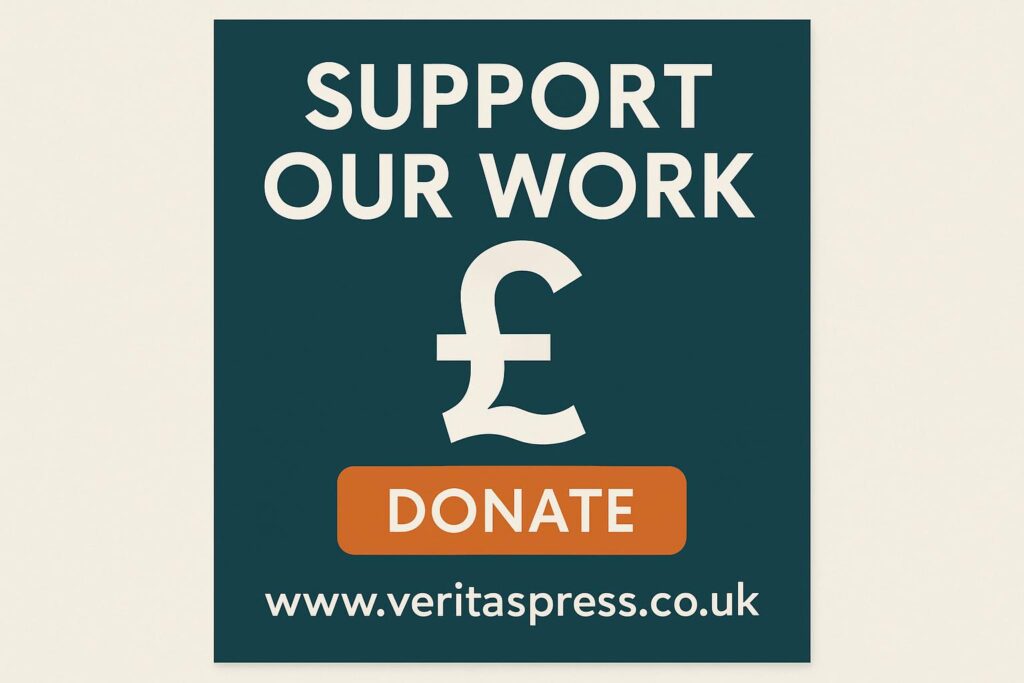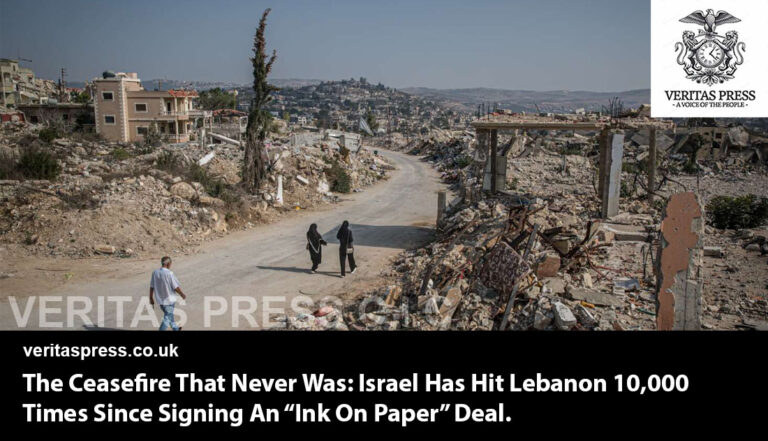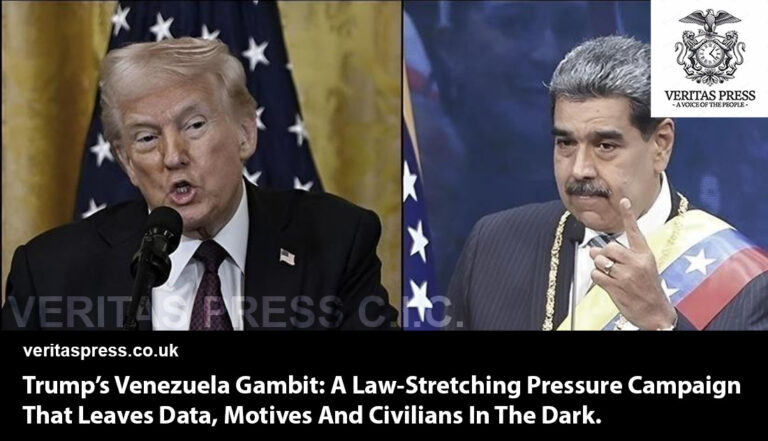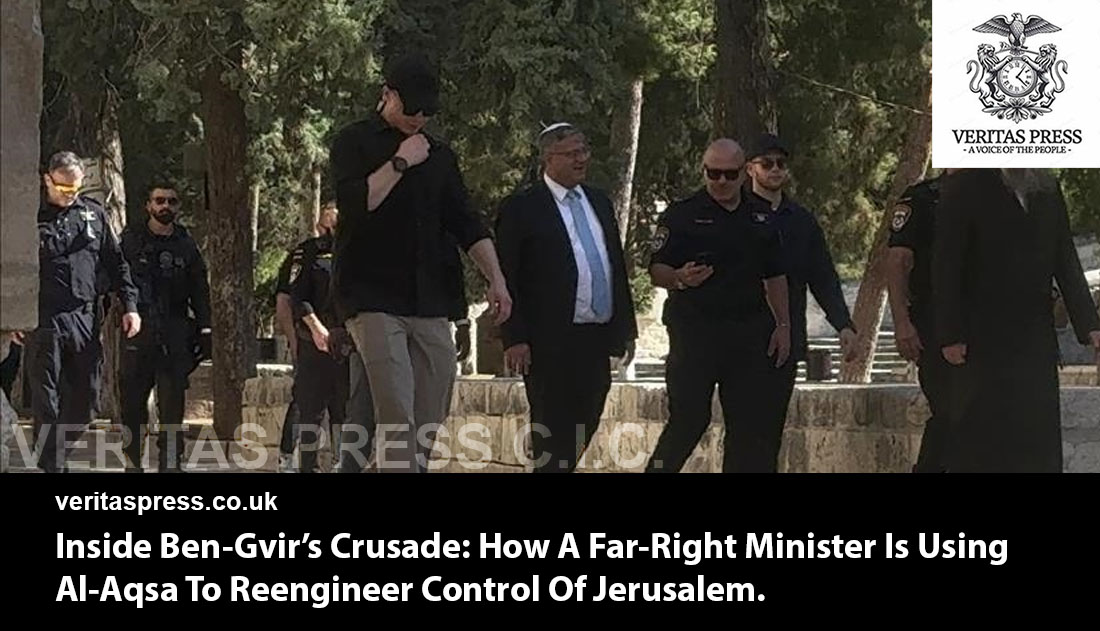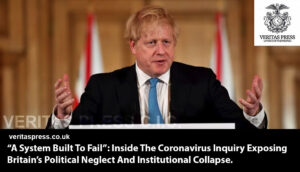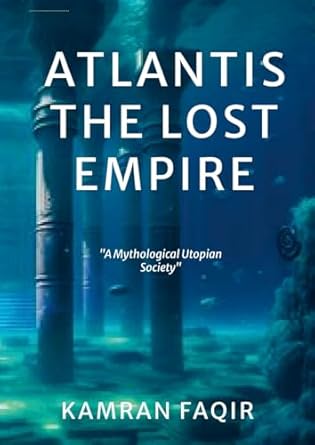Despite a freshly inked ceasefire agreement, violence continues in Gaza. On the same day that Israel and Hamas were supposed to cease hostilities, Israeli forces shot dead at least five Palestinians in the Shujayea district of Gaza City, according to local health authorities and media reports. The Israeli military claimed it had opened fire after a group of Palestinians “approached its soldiers” near a demarcated redeployment line.
In parallel, Israel is still refusing to release detained medical workers from Gaza, in violation of commitments implied by the ceasefire. Calls for their liberation have grown louder, especially concerning Dr Hussam Abu Safia, a prominent Gaza hospital director who was arrested in December 2024 and remains in Israeli custody.
This deadly backsliding starkly underscores how fragile the truce is, and raises serious questions about accountability and intent, from both sides.
A Ceasefire In Name Only?
The Killings Amid Simmering Tensions.
The Shujayea killings were not isolated. Local health authorities have reported six Palestinians killed in Gaza City and one in Khan Younis, in incidents flagged as potential ceasefire violations. In one case, a drone strike east of Gaza City reportedly hit people inspecting their damaged homes, killing five.
These incidents come just after Israel acknowledged firing at individuals who crossed into what it called “deployment lines” that all parties had agreed upon under the ceasefire. While Israel frames its actions as self-defence, the continued use of lethal force against largely civilian populations suggests that the ceasefire’s terms are already under strain.
The trapped healers: Israel holds back medical personnel.
One of the more alarming elements of the post-ceasefire landscape is the continued detention of Gaza medical workers. While the prisoner exchange freed hundreds of non-combatant detainees, Israel has declined to release Dr Hussam Abu Safia, even as rights organisations and governments demand it.
Amnesty International, among others, has documented that Abu Safia has been held without charge and was subjected to assault, beatings, and severe weight loss in detention. Reports suggest that Israel did not initially intend to free him, despite his status as a civilian medic.
His case resonates broadly: in recent months, dozens of Palestinian health professionals have been arrested or killed, even as the Gaza health system collapsed under bombardment and blockade. The refusal to release them after a truce signals that Israel views parts of Gaza’s medical infrastructure, and its workers, not as civilians to be protected, but as assets to be controlled or neutralised.
One earlier case stands in tragic relief. Dr Adnan al-Bursh, a Gaza hospital orthopaedic surgeon arrested in 2023, died in Israeli custody under suspicious circumstances; his body remains held by Israeli authorities. Wikipedia. His fate is a continual reminder that medical professionals in Gaza are exceptionally vulnerable, especially in times of war.
The Deal: Prisoner Exchanges, Promises, And Doubts.
What Was Agreed?
Under the U.S.-mediated ceasefire deal, Israel released nearly 2,000 Palestinian prisoners and detainees, including many held without charge. Some 154 were exiled to Egypt. In return, Hamas released all 20 surviving Israeli hostages held in Gaza, as well as four bodies of deceased captives.
Donald Trump, who formally signed the agreement with Qatar, Egypt and Turkey, pronounced the war over and called it a new beginning for Middle East peace.
The deal includes stipulations for the future: Israel is to cease all military operations (air, artillery, targeting), withdraw to agreed-upon lines, and ease restrictions on humanitarian aid into Gaza.
In principle, Hamas must also hand over the bodies of all deceased hostages within 72 hours or as soon as they are located, while Israel is to release the remains of dozens of Palestinians killed during the conflict.
Departure From Promises: Delays, Failures, And Mutual Accusations.
The exchange, though momentous, is already showing cracks:
- Only four bodies of deceased hostages have been returned thus far; 24 remain unaccounted for.
- Israel has issued a deadline to Hamas demanding progress on returning more bodies, warning that failure to comply would constitute a “gross violation” of the deal.
- The International Committee of the Red Cross (ICRC) warns that recovering remains amid the rubble and destruction across Gaza may take days, weeks, or even be impossible in some cases.
- Israeli forces have continued to fire on Palestinians near their positions, including in northern Gaza, citing alleged breaches of demarcation lines.
- Hamas, for its part, has resumed deploying fighters and police across Gaza, carrying out public executions of alleged collaborators, consolidating control over routes and neighbourhoods, actions that Israel says run counter to the aims of disarmament under the truce.
Taken together, these developments suggest a hybrid reality: the guns are quieter, aid is flowing, and hostages have been freed, yet the foundations for a real, lasting peace remain deeply unstable.
Human Rights, UN Condemnation, And Calls For Accountability:
UN voices outrage:
Francesca Albanese, the United Nations Special Rapporteur on the occupied Palestinian territory, sharply criticised Israel’s conduct post-ceasefire:
“Again: Ceasefire according to Israel = ‘you cease, I fire.’ Calling it ‘peace’ is both an insult and a distraction.”
She called for “justice, sanctions, divestment, [and] boycott until occupation, apartheid and genocide are over and every crime is accounted for.”
Her pronouncements reflect broader UN and human rights community alarm at Israel’s persistent use of force, especially lethal force, against civilians.
UN agencies and NGOs have repeatedly documented Israel’s systematic targeting of health infrastructure and medical personnel in Gaza. For instance, Médecins Sans Frontières (MSF) recently mourned the deaths of two aid workers, Abed El Hameed Qaradaya and Omar Hayek. BMJ Another recent assessment found that, on average, two healthcare workers were killed each day in the Gaza war.
In January 2025, during a previous break in hostilities, Israeli violations of that ceasefire numbered in the hundreds. Such precedents reinforce the concern that ceasefire deals may function less as periods of sustained peace and more as tactical pauses in violence.
Testimonies From Former Detainees:
The human cost of detention has also come to light. Palestinians released from Israeli custody in recent days describe systemic abuse: beatings, humiliation, denial of medical care, and psychological degradation. One former detainee likened Ofer Prison, located in the occupied West Bank, to a “slaughterhouse.” Thousands of detainees remain, some under administrative detention without trial.
Israeli rights groups like B’Tselem assert that Palestinian detainees are frequently denied essential medical treatment and subjected to ill-treatment as a matter of policy.
The emotional reunions of those freed have often been overshadowed by the visible toll: many return in frail physical health, bearing signs of bruising or serious weight loss.
Reconstruction, Accountability And The Long Haul:
While rebuilding Gaza is already estimated to require tens of billions of dollars (some early estimates suggest $70 billion in total), the deeper wounds of war demand justice, not just bricks. Without serious investigations, accountability measures, and safeguards against future violations, any ceasefire runs the risk of entrenching patterns of impunity.
Critically, the retention of medical workers as detainees, the use of lethal force under the pretext of deployment boundaries, failures to return remains, and the continuing securitisation of Gaza’s health sector must not be dismissed as technical breakdowns. They reflect deeper asymmetries of power in which the civilian population bears the brunt of leverage.
What’s Next, Fragile Peace, Fragile Lives:
The truce may hold for days or weeks, but it faces immediate stressors:
- The incomplete return of the hostage remains continues to inflame grievances.
- Israel’s continued engagement in lethal operations near deployed lines undermines trust.
- Hamas’s reassertion of control, including through force, complicates governance and raises questions of accountability.
- The humanitarian crisis in Gaza is severe: reconstruction, reconstruction logistics, clearing rubble, and ensuring aid flows will be enormous challenges.
- Without external guarantees and monitoring, there is a risk that the ceasefire will revert to open conflict, as previous truces have done.
Only if both sides and intervening powers prioritise justice, transparency, safety of civilians (especially health workers), and removal of asymmetrical power imbalances will this ceasefire transcend a pause and approach a path toward lasting peace.
Conclusion: A Ceasefire Without Peace, And The Anatomy Of Impunity.
The killings in Shujayea, the continued detention of Gaza’s medical personnel, and the abuse of Palestinian prisoners reveal that Israel’s war on Gaza has not ended, it has only evolved. The so-called ceasefire has become a façade for continued domination, in which control, not coexistence, remains the defining objective.
Israel has already violated the 20-point peace plan it signed less than a week ago, a plan that explicitly prohibited all aerial and ground operations, guaranteed the safe return of displaced civilians, and required the release of detained humanitarian and medical workers. Instead, the Israeli army continues to shoot civilians returning to inspect their homes, detain doctors and nurses who once saved lives under fire, and hold back bodies as bargaining chips. These are not isolated incidents; they are systematic breaches that hollow out the very premise of peace.
Each violation underscores the deeper reality that the ceasefire was never built on mutual respect or accountability, but on asymmetry, a structure in which Israel dictates terms, violates them at will, and faces no consequence. The “20-point peace plan” was sold as a breakthrough for stability, but without enforcement or monitoring mechanisms, it has become an alibi for impunity.
Even the exchange of prisoners, which should have been a humanitarian gesture, has been weaponised. Israel’s refusal to free Gaza’s detained medical workers, including Dr Hussam Abu Safia, whose arrest became a global symbol of Israel’s assault on Gaza’s healthcare system, exposes its intent to dismantle the enclave’s civilian infrastructure piece by piece. Every broken clause, every withheld body, every gunshot fired across a supposed redeployment line makes clear that Israel never paused its campaign of collective punishment; it merely changed its tempo.
That the killings occurred in Shujayea, one of Gaza’s most devastated neighbourhoods, is emblematic. Survivors returning to the rubble of their homes were met not with safety but with renewed gunfire, proving that for Israel, even the act of returning to one’s home can be treated as provocation. This is not peacekeeping; it is the enforcement of displacement through fear.
The United States, meanwhile, bears direct responsibility. President Trump’s triumphant proclamation of “lasting peace” now rings hollow amid evidence that his administration is tolerating Israel’s breaches of the deal it brokered. Washington’s failure to demand compliance transforms it from mediator to accomplice, reinforcing a geopolitical order where violations of international law are rewarded with silence and aid.
UN officials, human-rights monitors, and independent investigators are unanimous: what Israel calls a ceasefire is, in practice, a continuation of the war by bureaucratic and psychological means. Gaza remains besieged, its people stripped of agency and protection, its hospitals emptied of doctors and filled with the wounded of yet another “post-war” phase.
Unless Israel is held to account for violating the 20-point peace plan, through sanctions, war-crimes inquiries, and the enforcement of international humanitarian law, this ceasefire will be remembered not as the beginning of peace, but as the formalisation of impunity.
As UN Special Rapporteur Francesca Albanese warned, “Ceasefire according to Israel = you cease, I fire.” For Gaza’s two million survivors, this truth has already been written in blood. Without justice, every truce will remain another chapter in a war without end, and every peace plan, another promise broken.
